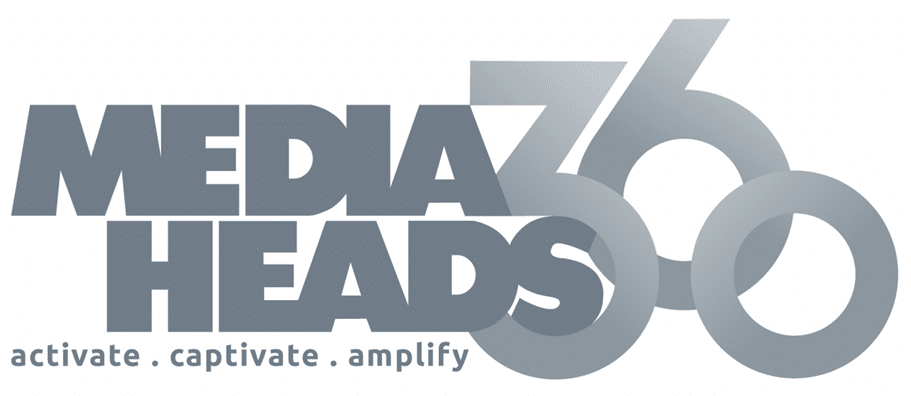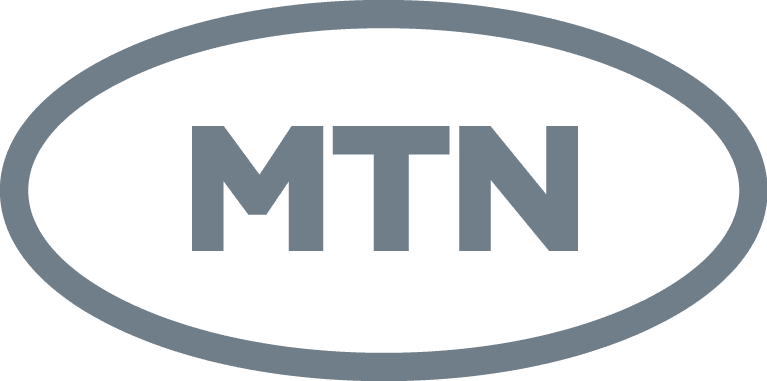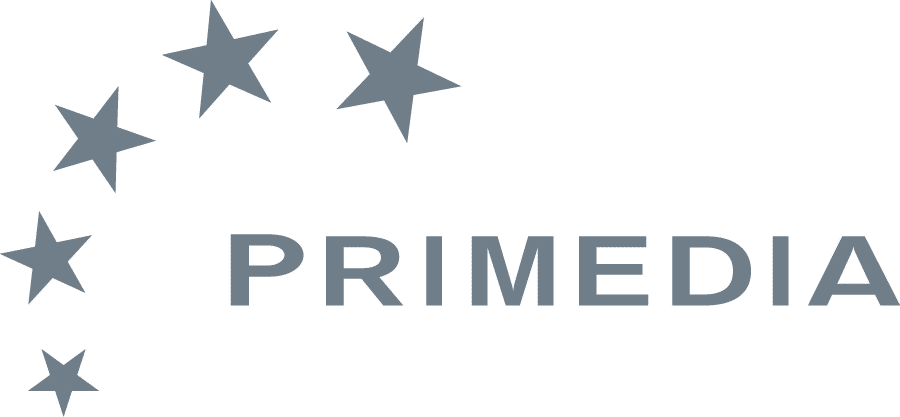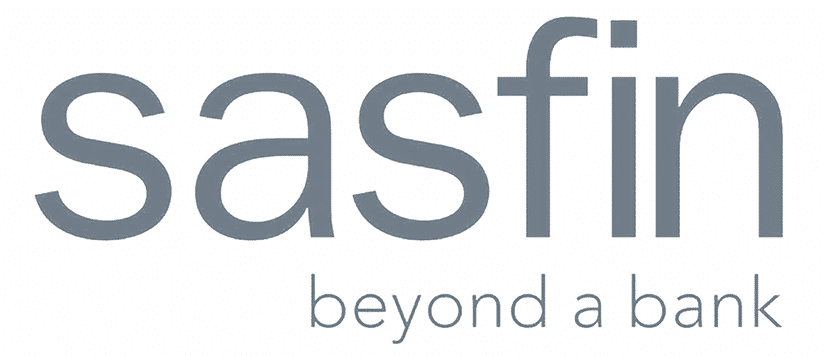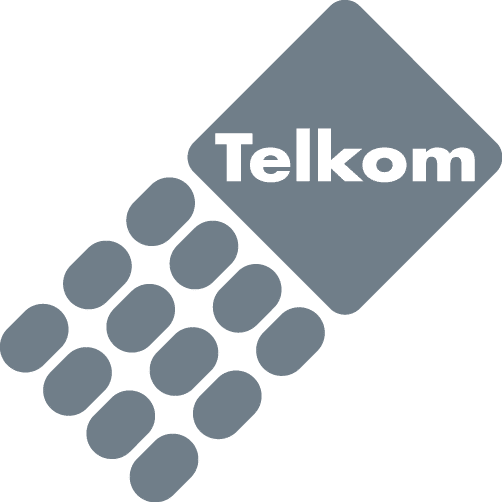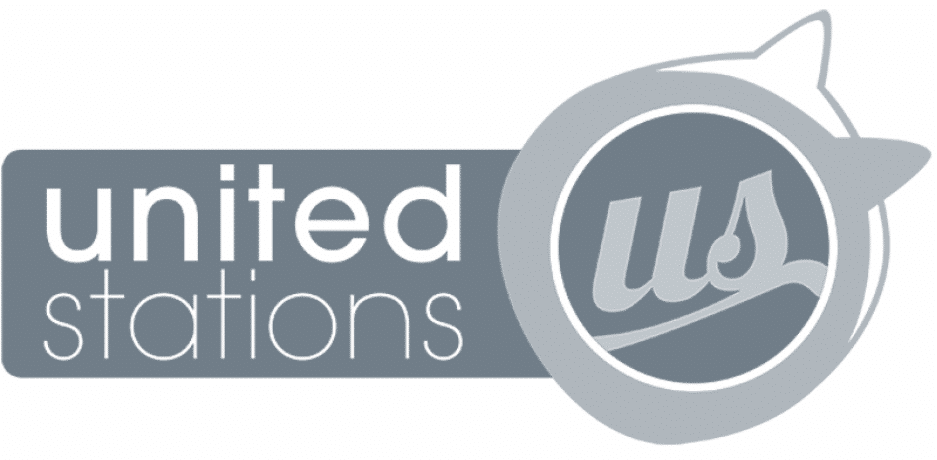The landscape of PR has dramatically changed over the last ten years. PR campaigns are no longer based only on creativity, intuition, and pitching to the press. Fast forward to the present day, and data analytics has transformed into a necessity for PR pros, providing us with quantifiable analysis that helps create more innovative, more effective campaigns. With the addition of analytics, Public Relations groups can gain better insights into their audience, measure campaign performance, and anticipate trends that enable them to communicate more effectively.
Corporate Communications is not just about writing press releases and gaining media coverage. Success in a digital-first world is a function of how effectively organisations can use data to communicate messages that stick and motivate action. Analytics tools measure everything from media impressions and social engagement to audience demographics and emotion. This sort of information can help PR practitioners escape from speculation and focus more on evidence when designing campaigns.
Understanding Audience Behaviour Through Data Analytics
All great Public Relations efforts start with really knowing the audience. Without understanding who they are, what they care about or how they make decisions, even the most innovative PR campaign runs the risk of being off target. Thanks to data analytics, insights about audiences are now within reach and have the potential to help PR pros develop strategies that resonate with audiences.
Audience segmenting Analytics tools can provide insights that enable personalised messaging by slicing and dicing data along demographic lines – age, location, income, or profession. They don’t just give us demographics but also psychographic insights, interests, values and behaviours that round out the profile of their ideal audiences.
Corporate Communications professionals can subsequently debug campaigns based on audience preferences. For instance, the younger generation may be swayed more by interactive social media campaigns, while the older audience may be influenced by thought leadership articles or traditional media.
Using social media analytics to understand your audience. Social media is a good way of knowing how often they are social. Facebook, Twitter and Instagram platforms offer metrics on engagement, reach and sentiment. This understanding helps PR pros identify the most resonating messages, the tone that captures audiences’ attention, and where they should be louder, as well as in which avenues they have the most influence.
Web analytics is also advantageous to Public Relations. Monitoring website visitors, including their origins and content performance, helps identify what resonates as stories. When combined with surveys and feedback tools, PR teams can compile a peak insight into stakeholder expectations.
Measuring the Effectiveness of PR Campaigns
Public Relations has historically had a difficult time proving its results. Whereas sales or advertising can be boiled down to metrics like revenue and clicks, the impact of PR is trickier to quantify. Now is where data analytics comes in. Analytics demonstrate the measurable impact of PR campaigns on collimating results with organisational goals.
Tangible proof (KPIs: media impressions, website visits, engagement rates & share of voice) that the campaign was a success. Analytics tools can determine if a press release produced media pickups or a social media campaign prompted meaningful engagement. These findings take PR out of the realm of esoteric results and into concrete, measured numbers.
Corporate Communications teams might also leverage sentiment analysis to gauge how the audience is receiving it. Software that analyses social media conversations or online reviews can also tell whether campaigns generate positive, neutral or adverse reactions. This is the feedback that PR professionals can use to refine their messaging on the fly.
Benchmarking is yet another critical function of analytics. PR teams can measure performance against previous campaigns or industry benchmarks to identify where they are meeting their objectives and where there might be room for improvement. This process allows continuous measurement, enabling strategies to improve and evolve with each round.
At its best, the data tells a direct story on how Public Relations activities contribute to business results. Whether it’s reinforcing brand, strengthening customer relationships or being seen as a reputable business partner, Corporate Communications analytics can clearly show how PR activities are helping to achieve overall goals.
Using Data Analytics for Crisis Communication
Any organisation, whether suffering from product recalls, social media backlash or leadership controversy, can be hit by a crisis. How a business responds can enhance or devastate its reputation. Crisis management is central to Public Relations, and data analytics drives its strategy in maintaining a state-of-the-art approach to reputation management.
At a time of crisis, speed and precision are crucial. Analytical tools enable you to monitor media coverage, social media conversations, and online sentiment, providing insight into their ability to measure public reaction as events unfold. This data provides companies with insights into the crisis, such as who is talking, what they are saying, and how the message is spreading. Armed with this information, Public Relations is empowered to respond in a manner that directly and successfully addresses concerns.
Predictive analytics are also helpful for PR purposes. Then, by looking at previous crises occurring on the market and tracking running trends, PR teams can spot risk factors brewing before they become existential threats. Early detection enables businesses to get their defences up and contain the damage. For instance, if an increase in negative comments is detected on social media, then you could engage proactively when you recognise that something is going south.
After the crisis, new financial tools that are created based on data analytics facilitate a recovery. Communications teams can monitor and adjust sentiment and media coverage to determine whether communication is rebuilding trust. Data-driven insights also enlighten long-term improvements, enabling organisations to optimise their crisis communication plans for emerging challenges progressively.
Shaping Future PR Strategies with Data Insights
Planning and crisis management are supported by data analytics, but the most disruptive application of it is to design future strategies. Public Relations is an ever-changing industry, where the trends, technology and consumers are always moving. Analysis enables proactive adaptation to these changes, ensuring that strategies remain current and effective.
The good news is that predictive analytics can help PR pros prepare for emerging trends. By analysing media coverage, social conversations, and audience behaviour, teams can predict which topics are likely to gain traction. This allows businesses to differentiate themselves as innovators by solving problems before others.
Messaging is refined by PR teams using analytics as well. By analysing previous campaign performance, PRs can identify which stories, channels, and formats yield the best results. These learnings inform future work and help us allocate resources effectively for maximum effect.
Analytics facilitate personalisation, which is becoming increasingly crucial in communication. Audience can be sliced and diced by data, enabling PR teams to develop laser-focused campaigns that connect more genuinely with stakeholders. Customised narrative helps to form much deeper relationships and fosters brand loyalty.
Data analytics is a powerful driver of cooperation between PR and other business areas. Analytics insights can guide marketing, sales, and customer service initiatives to ensure your communication supports your entire business. This alignment turns Corporate Communications from a back-room service function to a strategic enabler of growth.
Conclusion
Data has changed Public Relations as we know it. What was predominantly art and intuition is now a science-based, data-driven strategy. Whether it is monitoring audience trends, measuring campaign performance, responding to a crisis, or formulating the next plan, analytics brings Corporate Communications professionals the data needed to excel in today’s fast-moving, digital-first world.
The use of data analytics also makes PR campaigns more creative and measurable. When PR is tied to measurable objectives such as awareness, sentiment and engagement, it’s very easy for companies to prove the value of communication in reaching business objectives. This accountability elevates PR from a tactical service to an operational leader driving growth and brand.
GET IN TOUCH WITH THE DIGITAL SCHOOL OF MARKETING
Do you want to become a digital public relations expert with the Digital School of Marketing? If you do, you must do our Digital Public Relations Course. Follow this link to find out more.
Frequently Asked Questions
Data analytics also enhances Public Relations by providing quantifiable information about audience interactions, campaign success and trends in media. PR pros leverage these insights to customise messages, choose the proper channels and tweak plans for greater results. Data-Driven Planning. With data PR campaigns, they go beyond guesswork; they plan based on evidence. This results in more focused, effective and meaningful communications that enable organisations to communicate with stakeholders in a way that helps meet the business objectives.
Calculating the success of Public Relations campaigns has always been difficult. Data analytics has enabled it, monitoring key performance indicator (KPI) metrics like impressions, engagement levels, sentiment and share of voice. These signals indicate whether campaigns reached the right audience and achieved their intended impact. With analytics, PR practitioners carry information through from the communication to business impact, or brand/image growth.
During a crisis, data analytics allows for insights on the go into public perception, media coverage and message momentum. Public Relations professionals leverage this intel to gauge the size of the problem and respond accordingly. Analytics applications can also help spot risks early and take preventive action before an issue gets out of control. Analytics post-crisis monitors recovery and a shift in reputation, and provides insights to fine-tune strategies moving forward.
Public Relations Measuring impact in terms of reach, audience demographics, media coverage and website data are all criteria that professionals use to assess the value of what they do. Social media reveals how audiences feel about content, surveys, and feedback offer insights into opinions. Web traffic and referral data reveal the dynamics through which campaigns spur visibility. Collectively, this knowledge is invaluable for practitioners to understand stakeholders, measure performance and develop messages that hit home.
As a Public Relations professional, data analytics can help to segment audiences by demographic, interest, and behaviour. Taking this into consideration, the campaigns can then be customised to different groups for higher outreach. For example, younger segments may like interactive social campaigns, while older or more senior ones may appreciate thought leadership articles. Analytics also discloses the best channels and types to engage with.
.
Yes, data insights now underpin the way we approach Public Relations strategies of tomorrow. By reviewing historical campaign performance and spotting patterns, PR teams can forecast future outcomes. Predictive analytics both forecast new threats or opportunities, while performance reviews direct resource allocation. Learnings are further leveraged, on the fly, through analytics to enable more personalisation, ensuring that the strategy will continue to stay topical and audience-centric.










